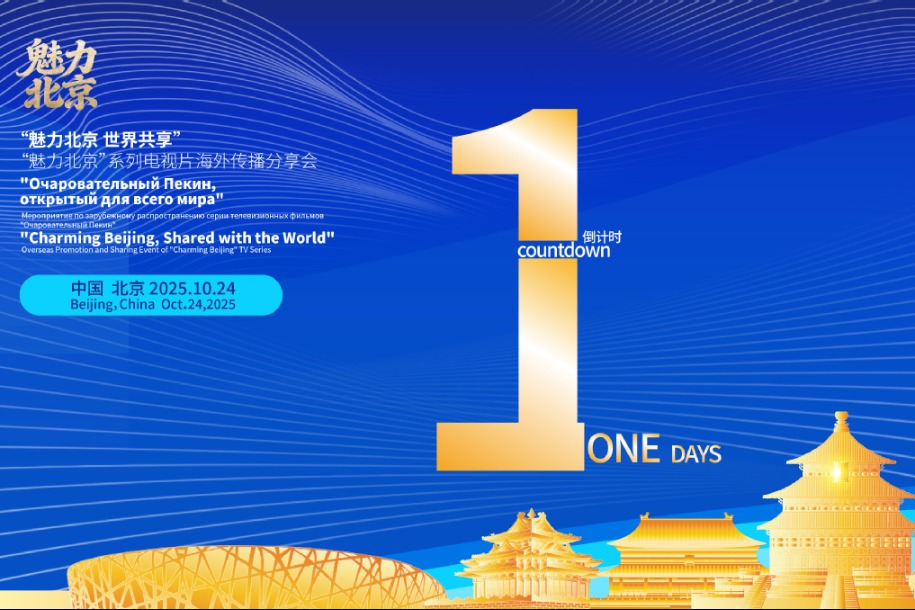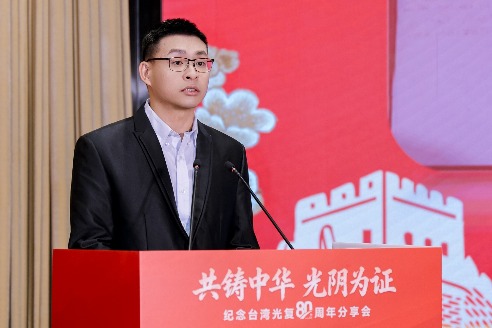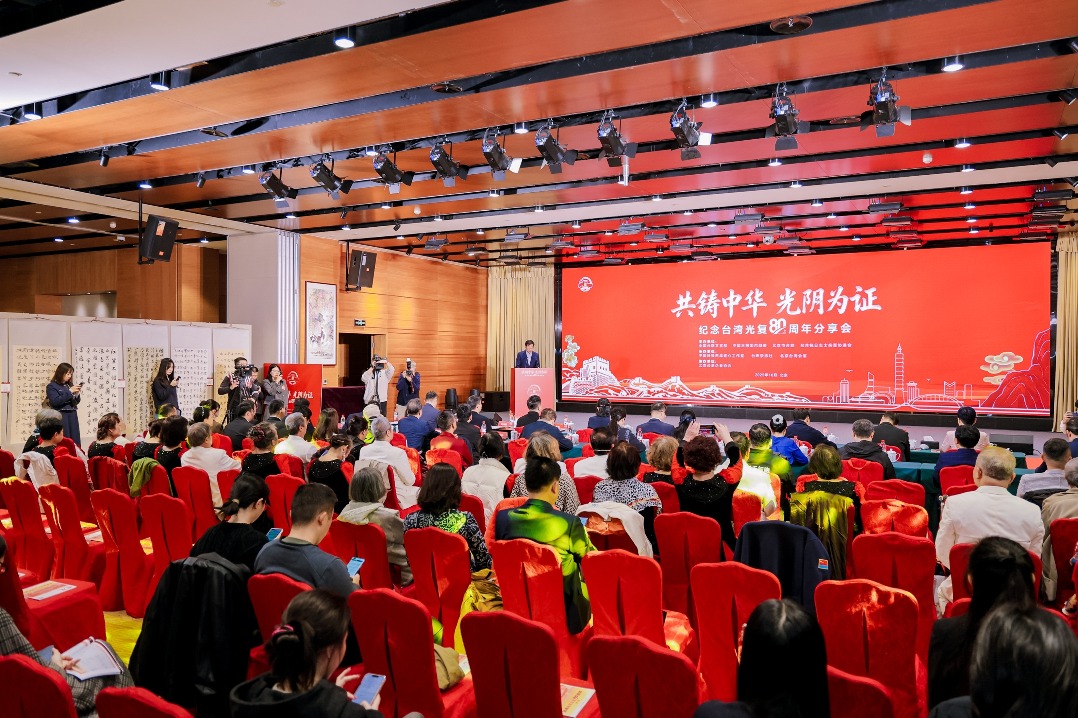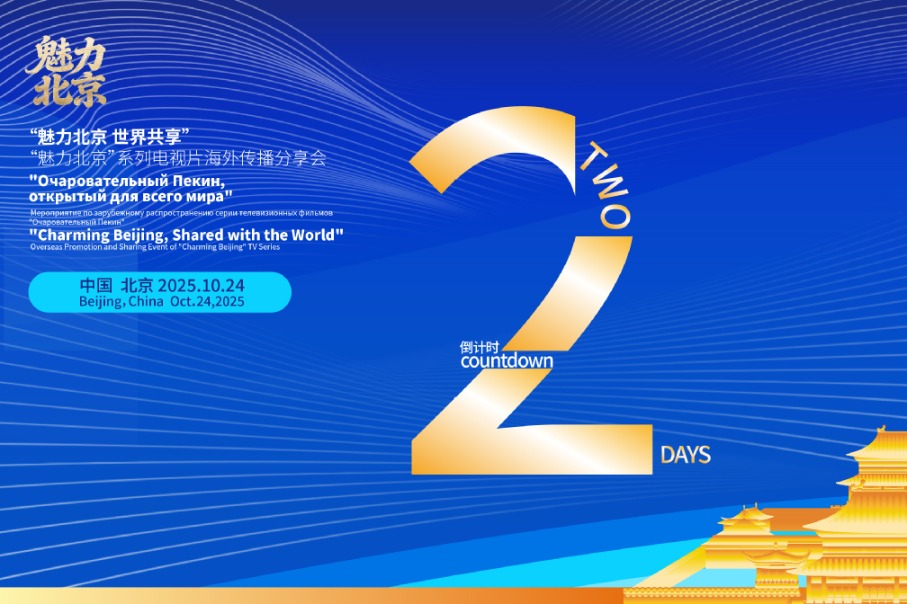Global geopark in Tanzania revived with Chinese aid
Project shows power of green development and technology

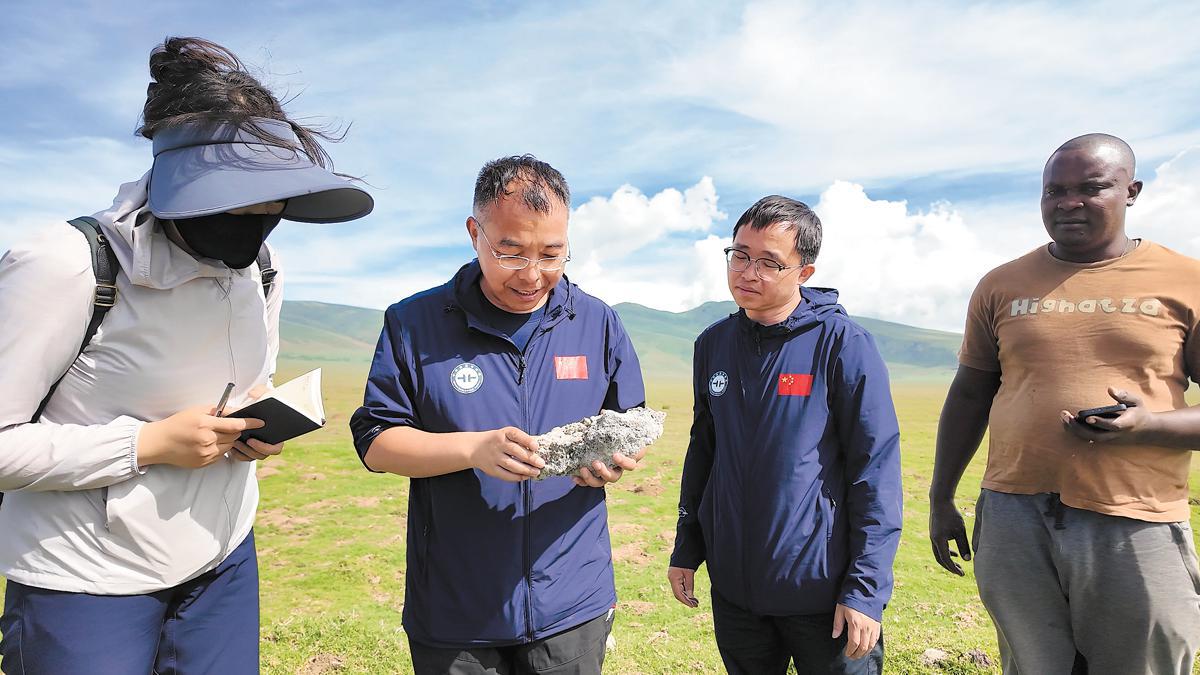
Over a period of more than a year, the team completed a thorough investigation of the geopark, which included examining geological heritage sites, shallow groundwater sources and volcanic structure rock strata characteristics, as well as the interpretation of remote sensing geological data.
Sun Kai, a project member from the Tianjin Center, also emphasized the complexity of the project.
"This project demands more comprehensive capabilities than conducting domestic geological heritage work," Sun said. "It involves not only geological surveys but also visitor information for public outreach and digitalization."
In addition to essential tools like geological hammers, team members need to carry photographic equipment such as cameras and drones when conducting geological surveys to help produce scientific materials and exhibit designs, he said.
Li Lei, a project member from the Tianjin Center, said that China's information technology has been exported to develop a tourist-oriented service platform centered around the geopark's resource data, supported by interpretation and information systems.
Currently, nearly 300 signs, including interpretive, directional and safety warning ones, have been erected in the geopark — all in English, Swahili and Chinese. A field interpretation system is also in place, offering interpretive scripts for key locations in seven languages of English, Swahili, Chinese, French, German, Spanish and Arabic.
While designing the landmark building of the new geological museum — a requisite for a global geopark — the team chose not to employ complex artificial intelligence technologies considering the frequent power outages in the local area. Instead, they installed solar panels on the exterior walls and used simple electrical systems to power interactive exhibits, such as animal racing and volcanic eruption simulations.
The museum's design draws inspiration from the style of Tanzanian thatched huts, conveying to visitors the story of volcanic activities in the East African Highlands and human evolution, while promoting the ideals of respecting, conforming to and protecting nature.
"It was a novel experience for everyone," said Wu Xingyuan, a project member from the Tianjin Center.
The geopark provides a lush habitat with abundant water and grass for 300,000 wild animals, including wildebeest, zebras, lions, rhinoceroses and elephants, creating a self-sustaining tropical savanna ecosystem.
"Once, while sitting in the vehicle, we saw a lion lying right by the car window," Wu recalled. "Thus, we have to hire armed security personnel to manage the dangers posed by wildlife."
To protect these animals, primitive dirt paths are maintained to prevent damage to their hooves. Additionally, work must cease, and everyone must leave by 5 pm, returning the area to the wildlife, Wu said.
"Another distinctive feature of the geopark is that it is home to nearly 400,000 residents, with the vast majority being Maasai," Wu added.
To honor these indigenous people who have lived here for generations, the team has organized tours where visitors can immerse themselves in the Maasai way of life, sample their traditional food and dance alongside them.














